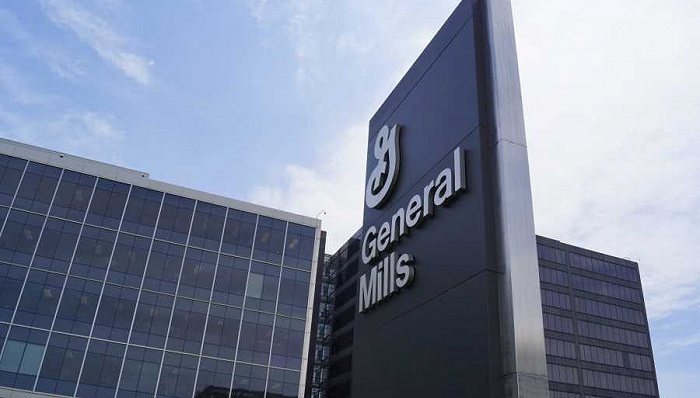The marketing trend of daily chemical giant Procter & Gamble has always been a weather vane that the global advertising circle has paid much attention to. Recently, P&G disclosed its financial report for the third quarter of fiscal 2021 (ie, the first quarter of 2021), and stated that as the company’s e-commerce sales share continues to rise, P&G’s future marketing budget allocation and product packaging ideas will be more linear Close up.
Procter & Gamble’s financial report shows that in the first quarter of this year, net sales were 18.109 billion US dollars, a year-on-year increase of 5%; net profit was 3.249 billion US dollars, a year-on-year increase of 10%. In addition, P&G’s e-commerce sales have increased by 50% year-on-year in the past six months, far exceeding the overall sales growth of 8.3%; e-commerce currently accounts for about 14% of the company’s overall global sales.
At the investor conference call on December 31 last year, P&G’s vice chairman and CFO Jon Moeller also stated that P&G’s global e-commerce sales in the first half of fiscal year 2021 exceeded US$5.5 billion, and it is expected that it may reach overall sales in the future. From the perspective of P&G’s market share in the global market, its market share in e-commerce channels is actually slightly higher than that of physical retail channels.
Of course, P&G itself is also one of the few companies that have not fallen but increased under the epidemic. The reason is that people buy hygiene products, cleaning products and personal care products more frequently due to the epidemic, which has driven the growth of P&G’s overall performance. In addition, under the epidemic situation, people have reduced the frequency of shopping in physical stores, and P&G’s e-commerce channel sales have therefore ushered in a substantial increase.
This trend also has a longer-term impact on P&G’s marketing strategy. Daily chemical companies such as Procter & Gamble have relied heavily on physical retail in the past, so offline marketing costs of their physical retail channels have always accounted for a considerable share-such as physical channel promotional activities, outdoor advertising costs, supermarkets and retail stores. Promotional marketing expenses, etc., if you want to further expand the sinking market and get more exposure in the sinking channel physical stores, these expenses are indispensable.
However, with the rise of online channels and social media, P&G has been adjusting the allocation of marketing budgets for many years, reducing unnecessary offline marketing expenditures, shifting more budgets to the online field, and increasing investment in social marketing. Throughout the fiscal year ending June 30, 2020, P&G’s advertising expenditures increased by 8.5% to $7.33 billion. This was the first time that Procter & Gamble had renewed its advertising expenditure growth in four years-especially under the general trend that many brands were cutting advertising investment.
Although P&G has been cutting agencies and reducing redundant advertising expenditures for many years, in fact, their advertising budget has not been reduced, but has been used in other places-such as the in-company creative team and market research team incubation , And more emerging digital media marketing.
Unilever, another FMCG giant, did the same. Unilever once stated that it plans to invest more than US$2.4 billion in the next two years to support high-growth channels, and e-commerce is the focus of it. Unilever’s e-commerce sales have increased by 61% year-on-year in 2020 and currently account for approximately 9% of the brand’s overall sales.
Procter & Gamble CMO Marc Pritchard stated in October 2020 that social media accounts for about 5% of the company’s marketing expenditures, but at the same time it also poses challenges to the company’s social media delivery evaluation and selection capabilities; P&G is developing and optimizing digital advertising delivery and improving The transparency approach ensures that consumers will not over-receive P&G advertisements online and the safety of their own brand advertisements.
In addition to changes in marketing budget allocation, the increase in the proportion of traditional daily chemical products sold online also means that P&G’s product packaging design ideas and so on need to be adjusted accordingly. For example, P&G large bottles of liquid cleaning products. When these products are sold online, one must ensure that the supply chain and logistics will not affect the transportation of the products. On the other hand, the product packaging size, capacity, and packaging methods must be adjusted to ensure consumption. The consumer’s online shopping experience will not be affected.


